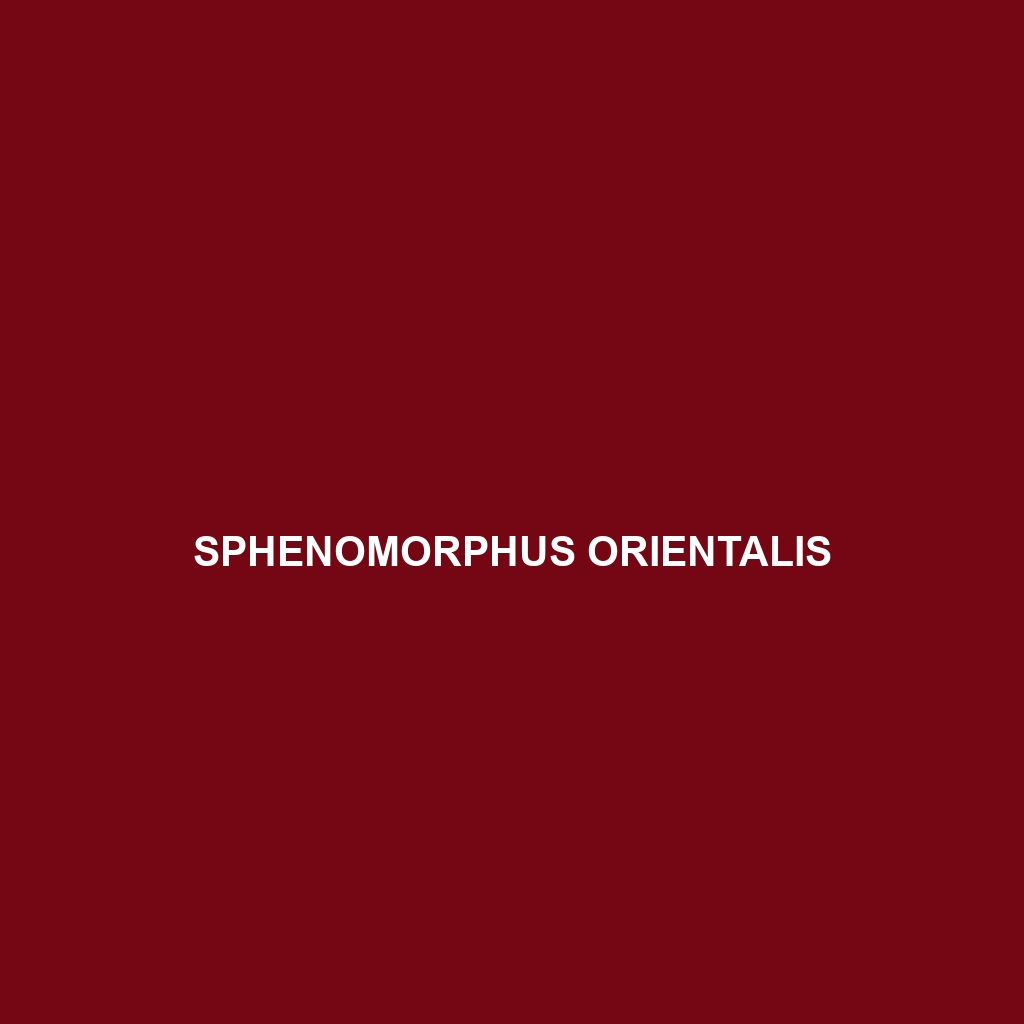<strong>Sphenomorphus orientalis</strong> is a diurnal insectivorous lizard found in Southeast Asia's diverse habitats, including rainforests and savannas. Measuring 20-30 cm, it features smooth scales, a pointed snout, and plays a crucial role in controlling insect populations and supporting ecological balance.
Tag: savanna biodiversity
Ramphotyphlops cumingii
<p><b>Ramphotyphlops cumingii</b>, commonly known as Cuming's Blind Snake, is a nocturnal, insectivorous species found in tropical regions of Southeast Asia, characterized by its cylindrical body, small vestigial eyes, and a diet primarily consisting of ants and termites. This snake plays a vital role in regulating insect populations and promoting soil health within its rainforest and savanna habitats.</p>
Rena iversoni
<p><b>Rena iversoni</b>, a medium-sized insectivore found in the temperate forests and savannas of central and southern Africa, thrives in diverse habitats and exhibits nocturnal behavior. Known for its streamlined body, smooth skin, and unique ability to blend into its environment, this species plays a crucial role in controlling insect populations and maintaining ecological balance.</p> </div>
Ramphotyphlops cumingii
<p><b>Ramphotyphlops cumingii</b>, commonly known as Cuming's Blind Snake, is a nocturnal, insectivorous species found in tropical regions of Southeast Asia, characterized by its cylindrical body, small vestigial eyes, and a diet primarily consisting of ants and termites. This snake plays a vital role in regulating insect populations and promoting soil health within its rainforest and savanna habitats.</p>
Phyllodactylus pumilus
The <b>Phyllodactylus pumilus</b>, or small leaf-toed gecko, is a nocturnal, insectivorous reptile native to arid regions of central and northern South America, recognized for its slender body, flattened toes, and exceptional climbing abilities. This species plays a vital role in ecosystems by controlling insect populations and exhibits fascinating traits such as tail regeneration and color adaptation for camouflage.
Lerista parameles
<p><b>Lerista parameles</b>, a fascinating insectivorous lizard found in Australia's temperate forests and savannas, features a smooth, elongated body with excellent camouflage and thrives in sandy, well-drained soils. Known for its secretive, nocturnal behavior and minimal social interactions, this species plays a crucial role in controlling insect populations while adapting well to its diverse habitat.</p>
Epictia rubrolineata
Discover the Epictia rubrolineata, or Red-line Snakelike Skink, a slender, nocturnal skink native to Central America's rainforests and savannas, known for its striking red stripe and diet primarily consisting of insects. With the ability to regenerate its tail and play a vital role in maintaining ecological balance, this species exemplifies unique adaptations in reptilian evolution.
Chamaesaura tenuior
Discover the <i>Chamaesaura tenuior</i>, a small, agile lizard from the grassy plains and savannas of southern Africa, known for its distinct camouflage and insectivorous diet. With a slender body reaching 10-20 cm, it plays a crucial role in regulating insect populations while exhibiting fascinating social behaviors.







